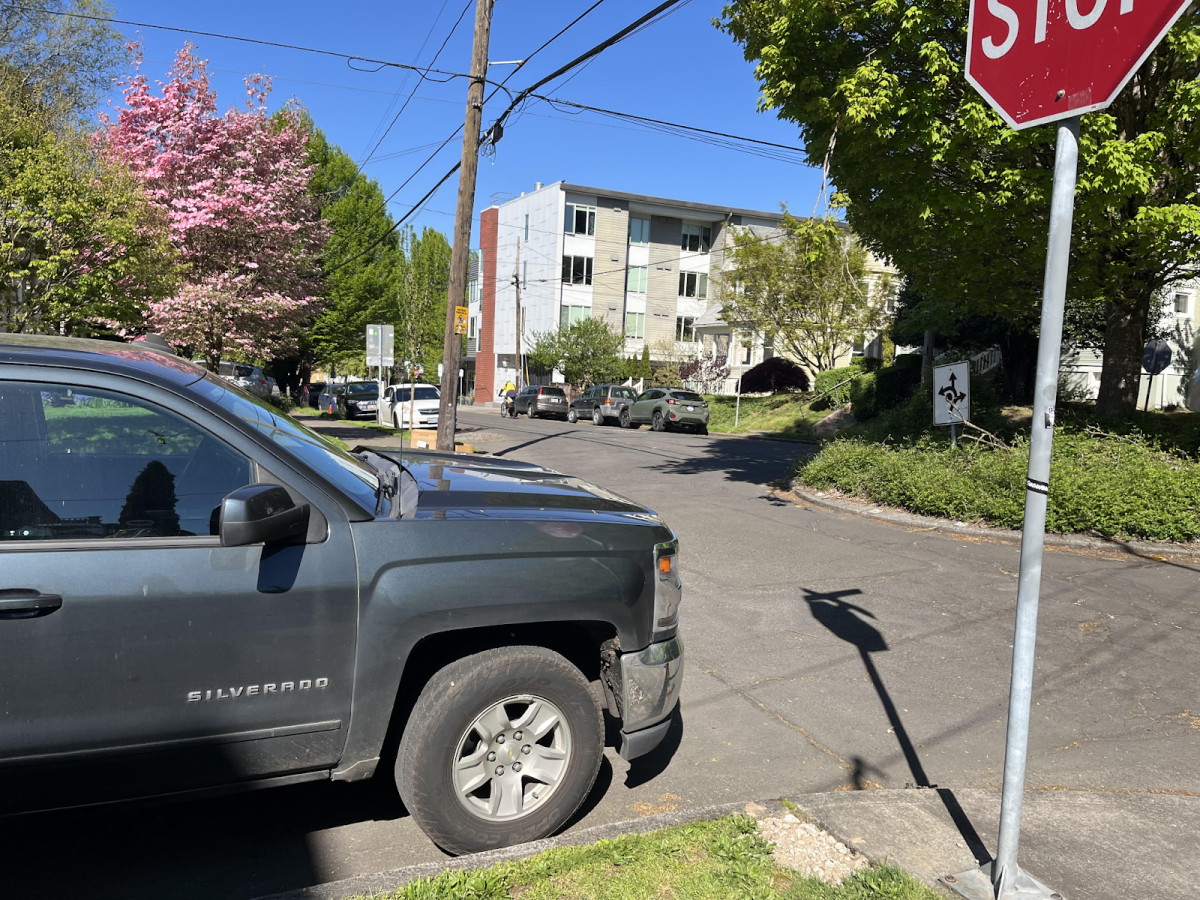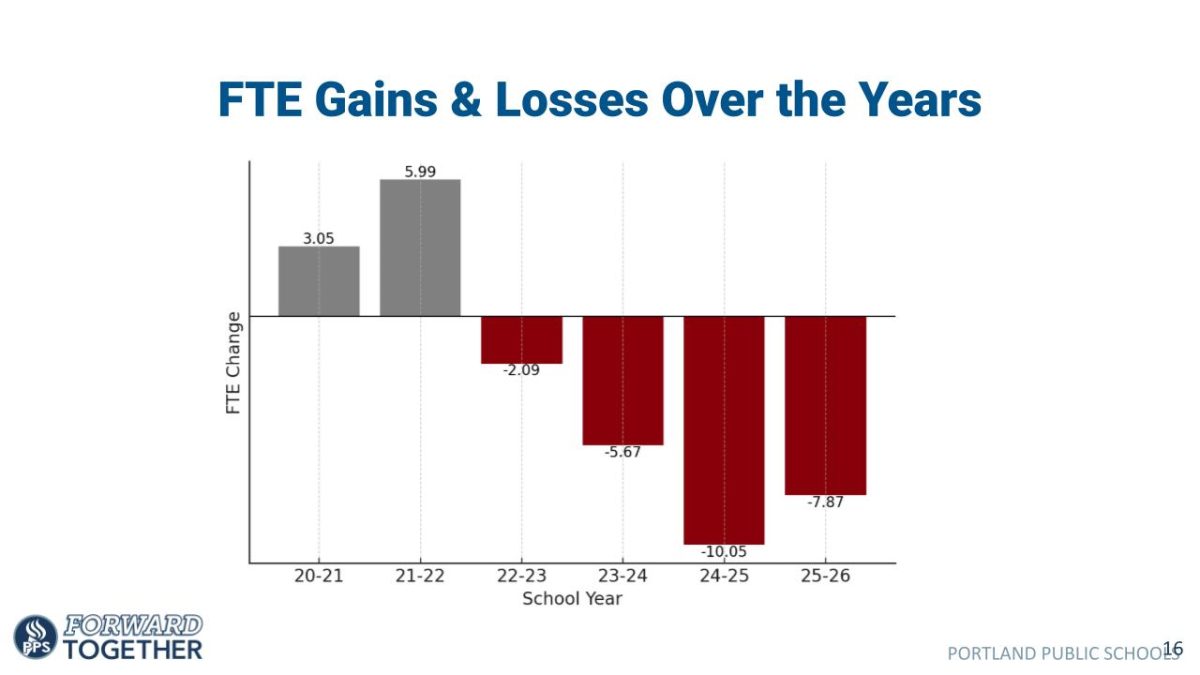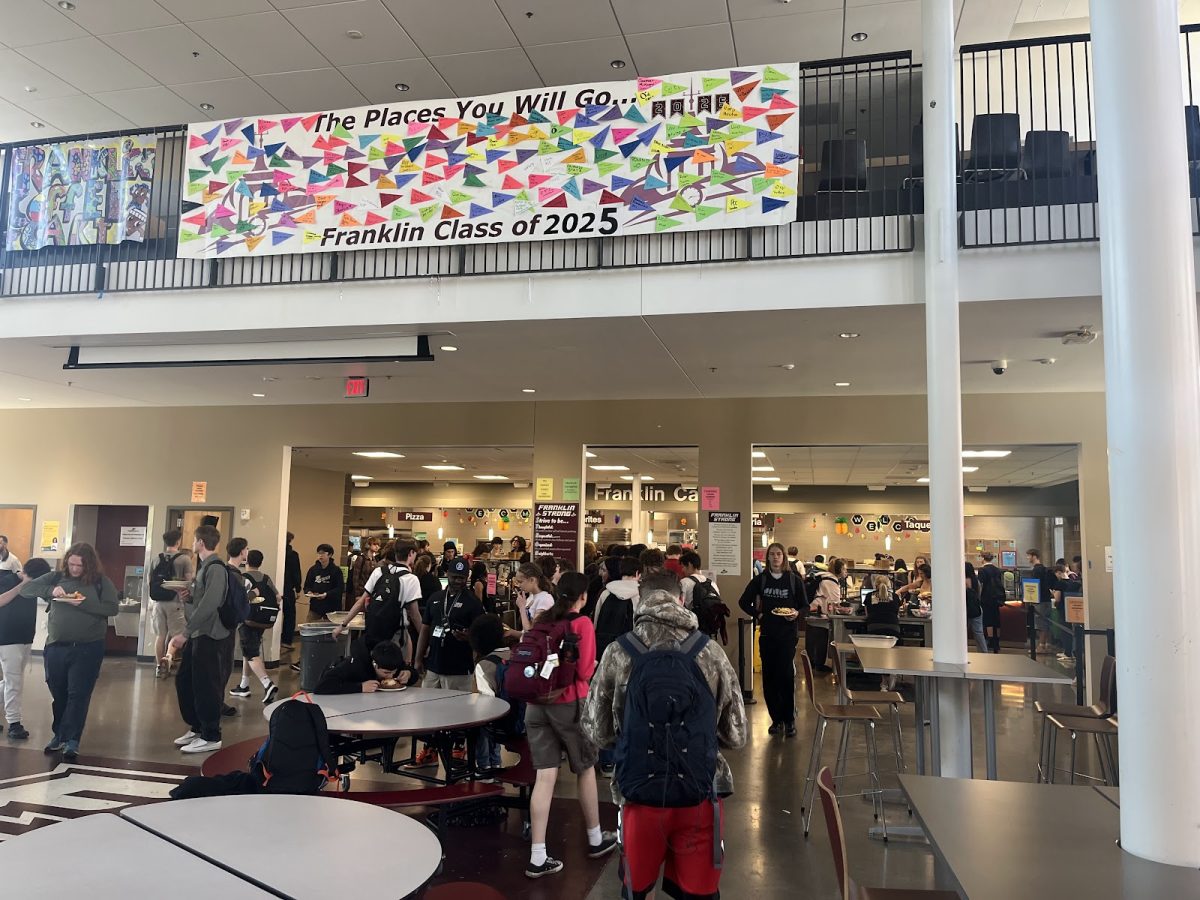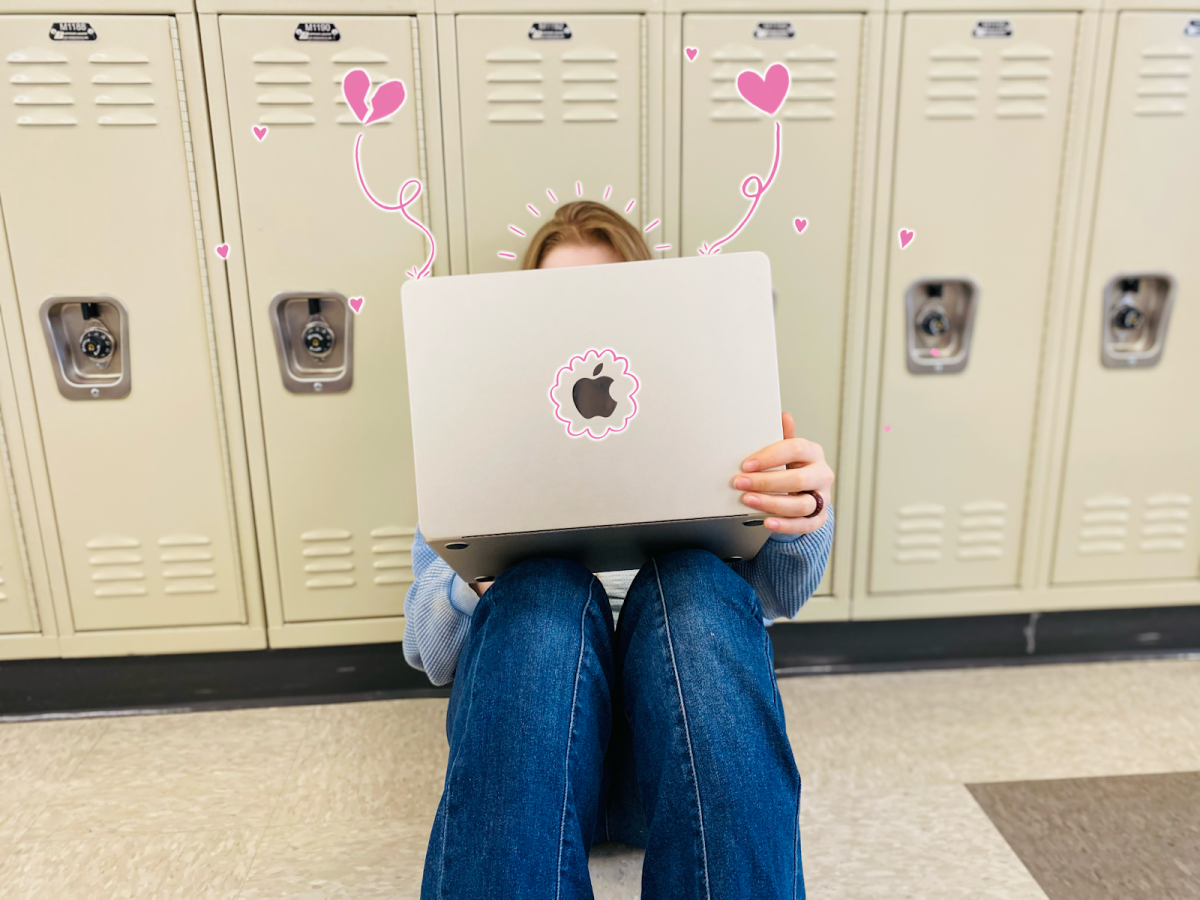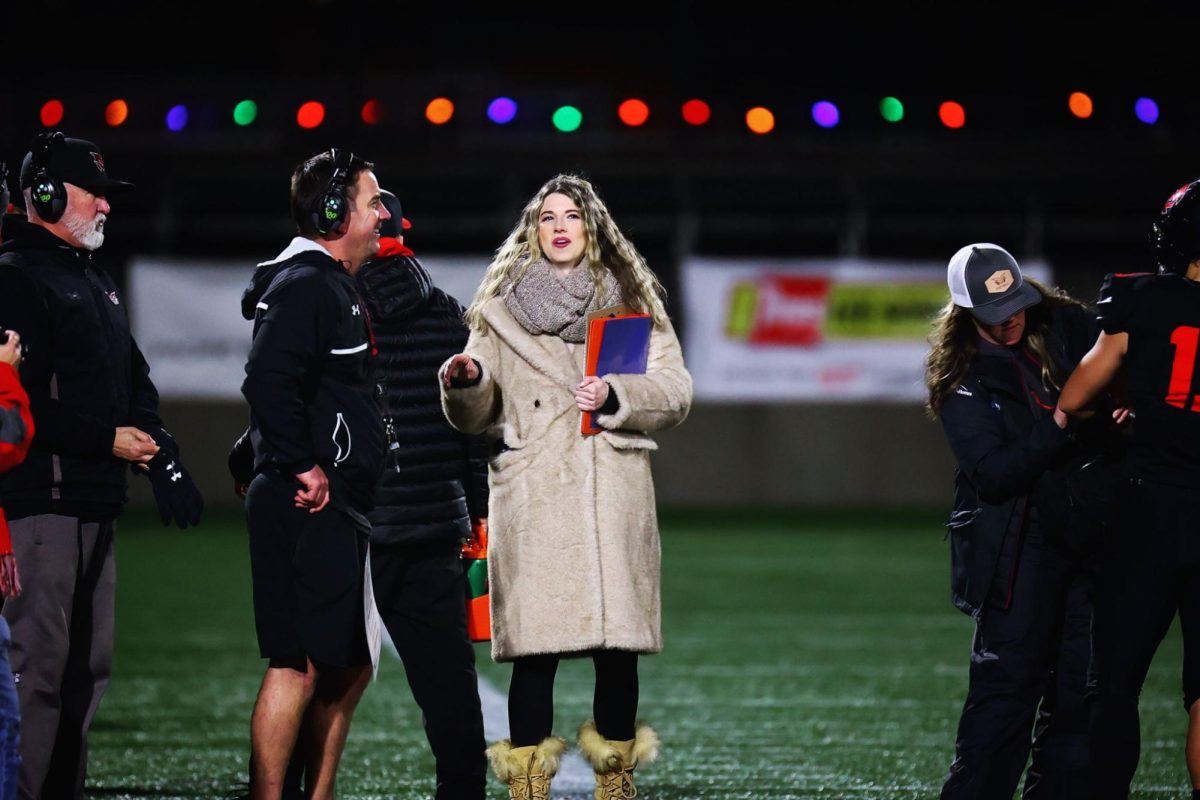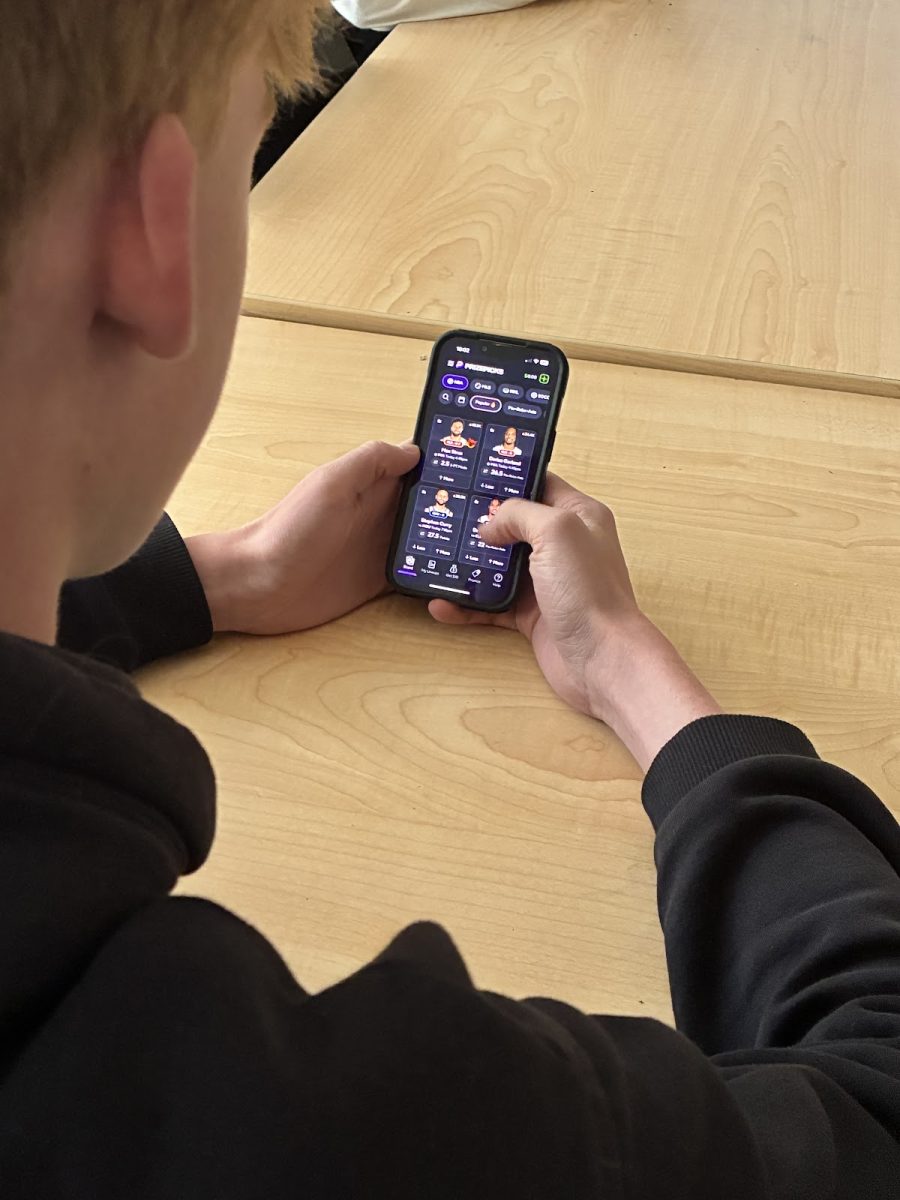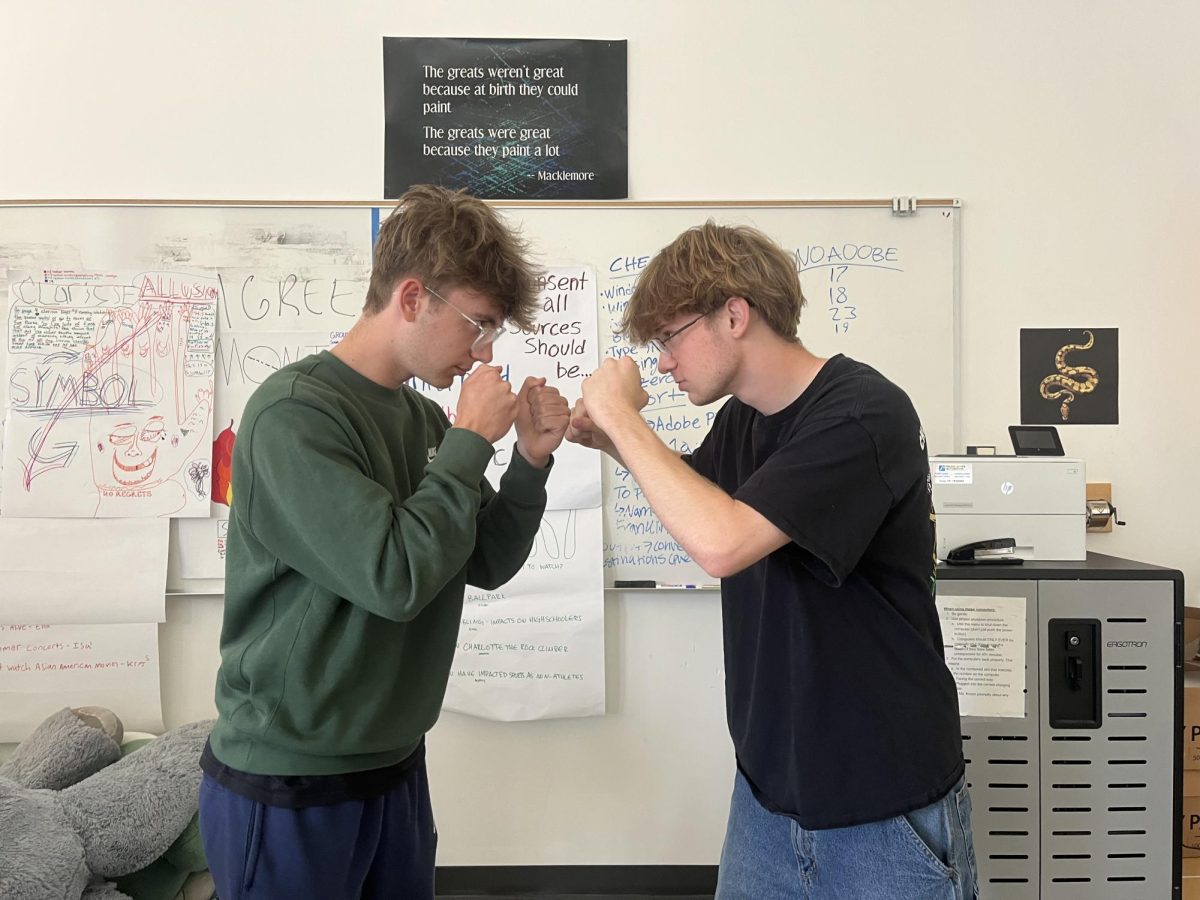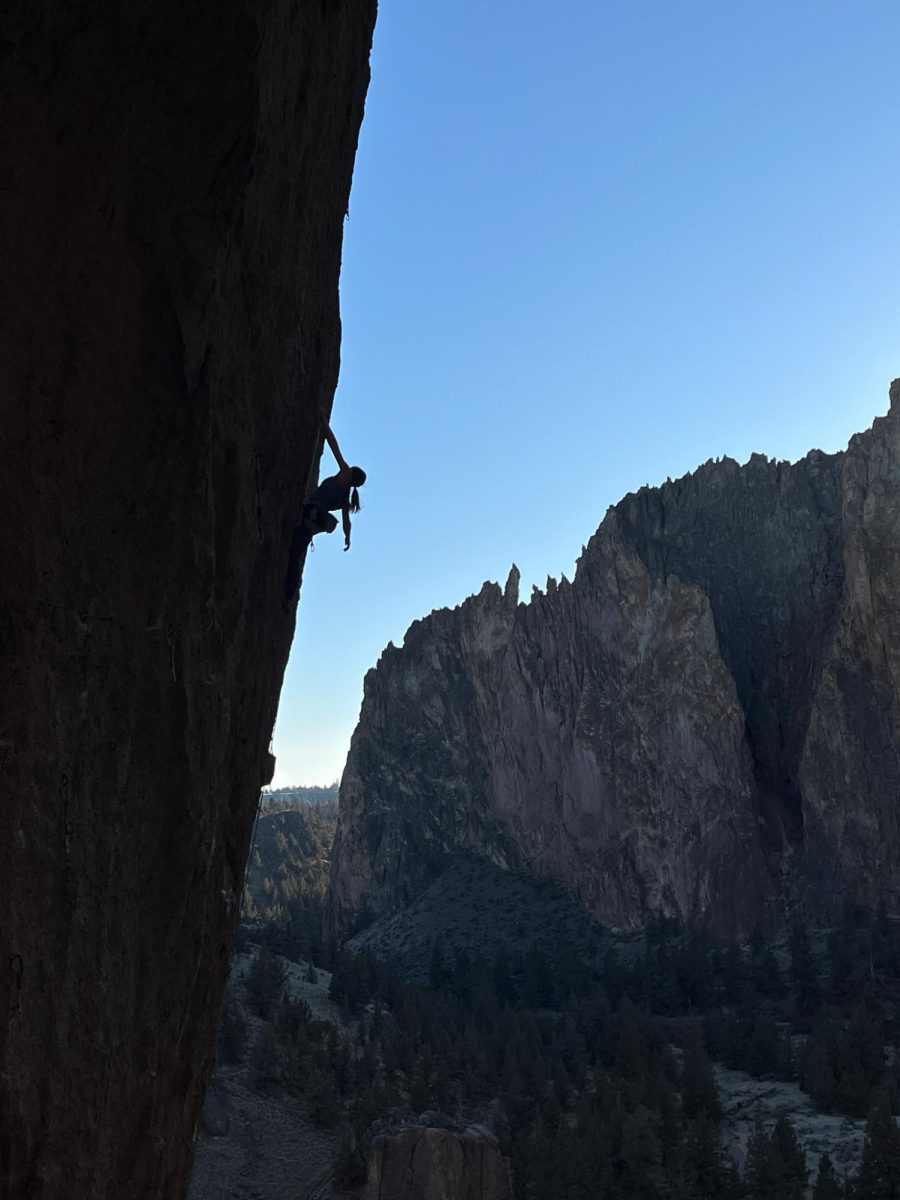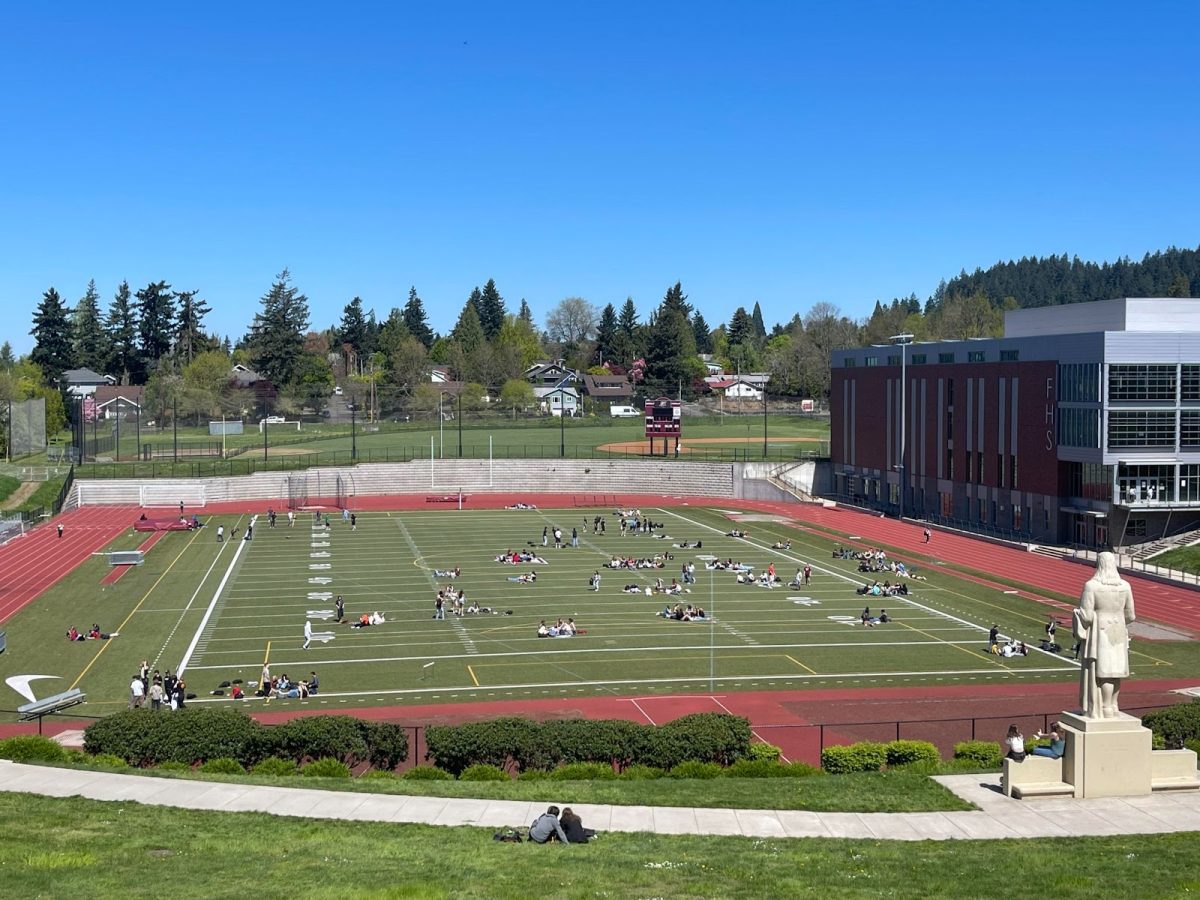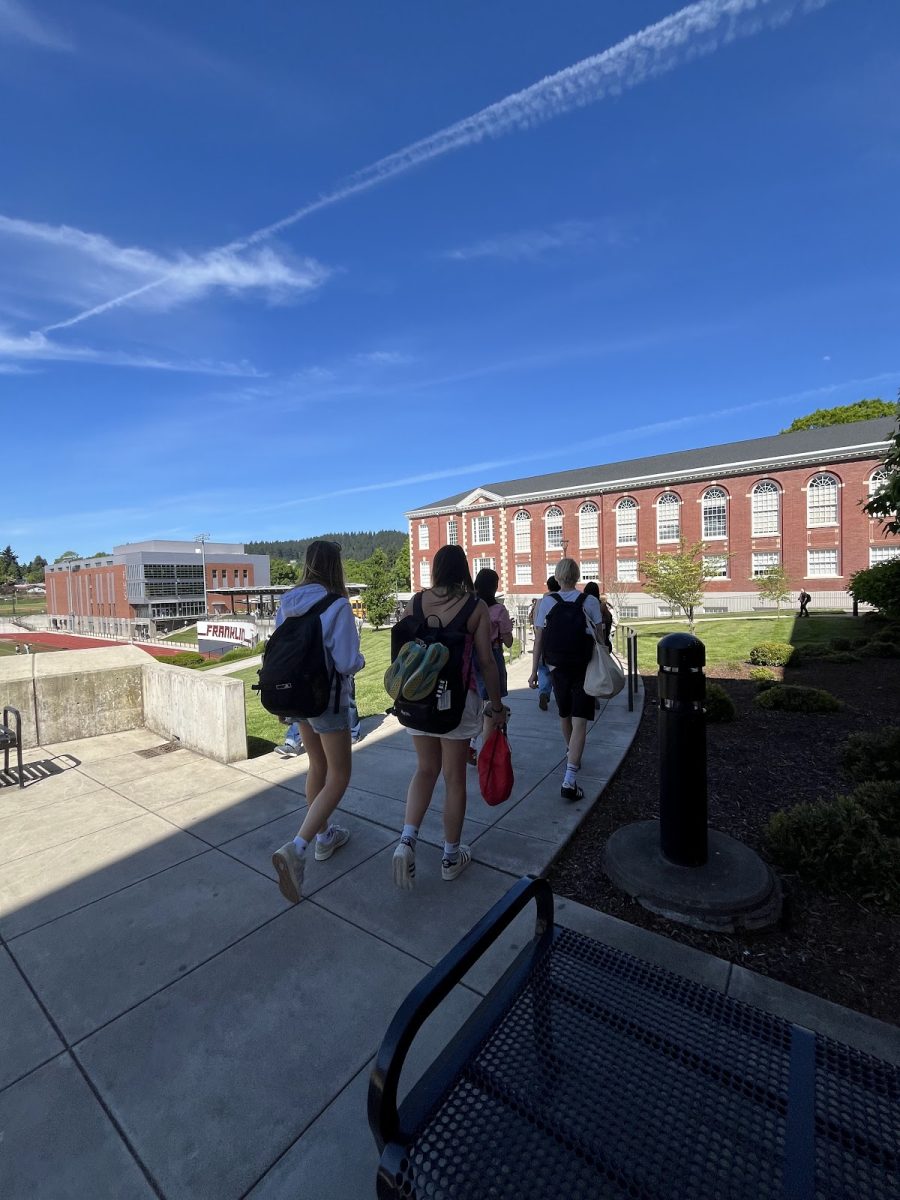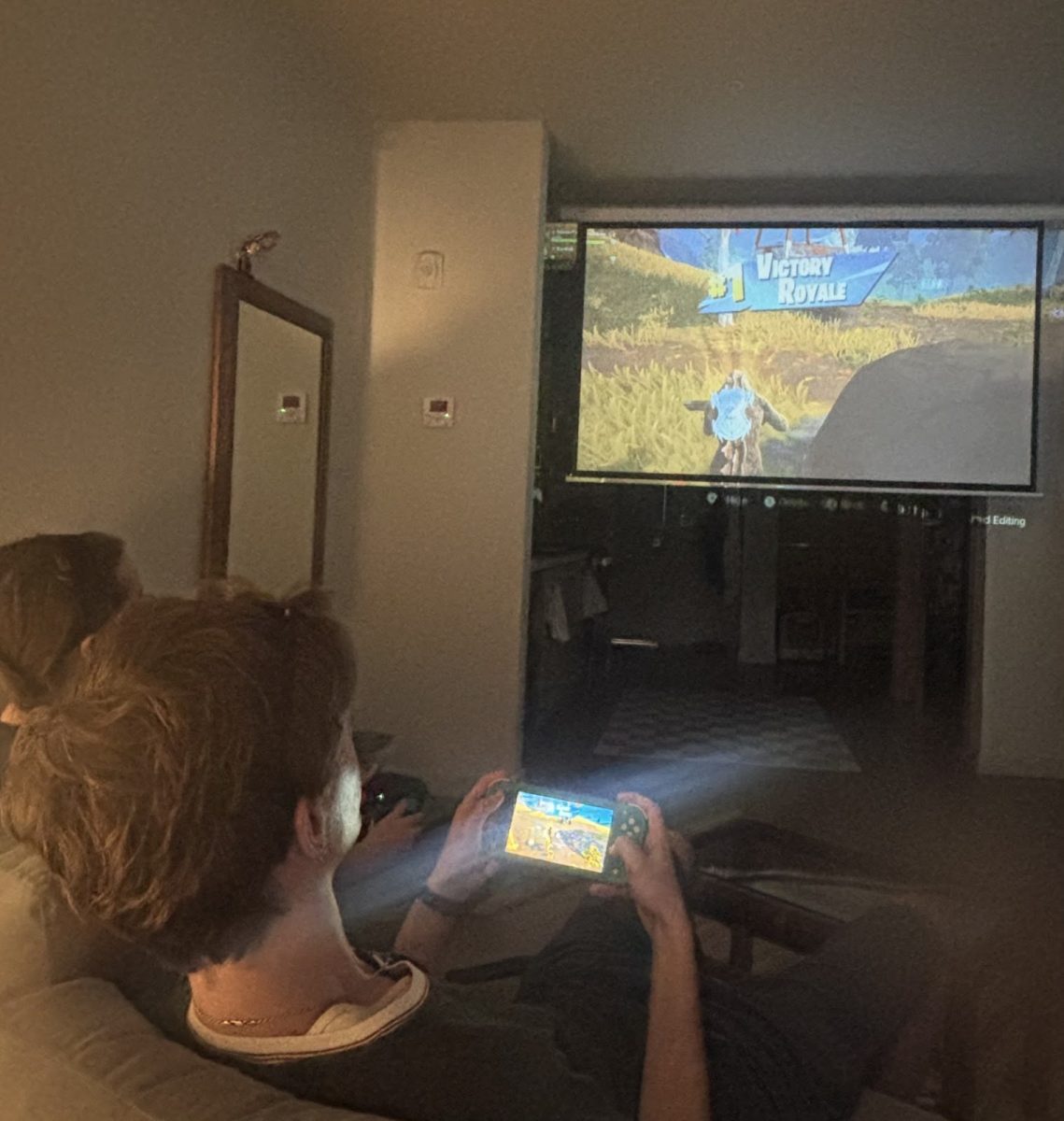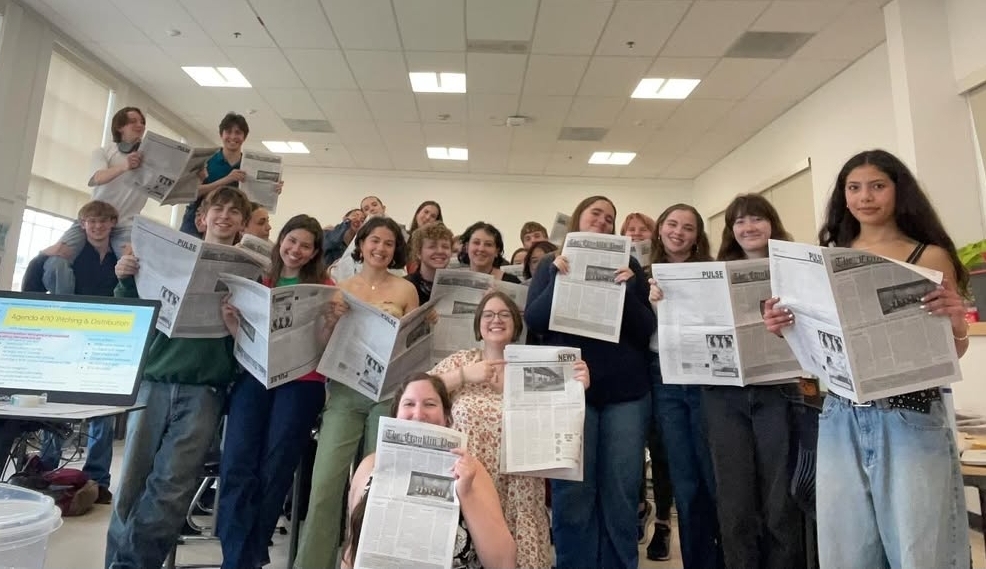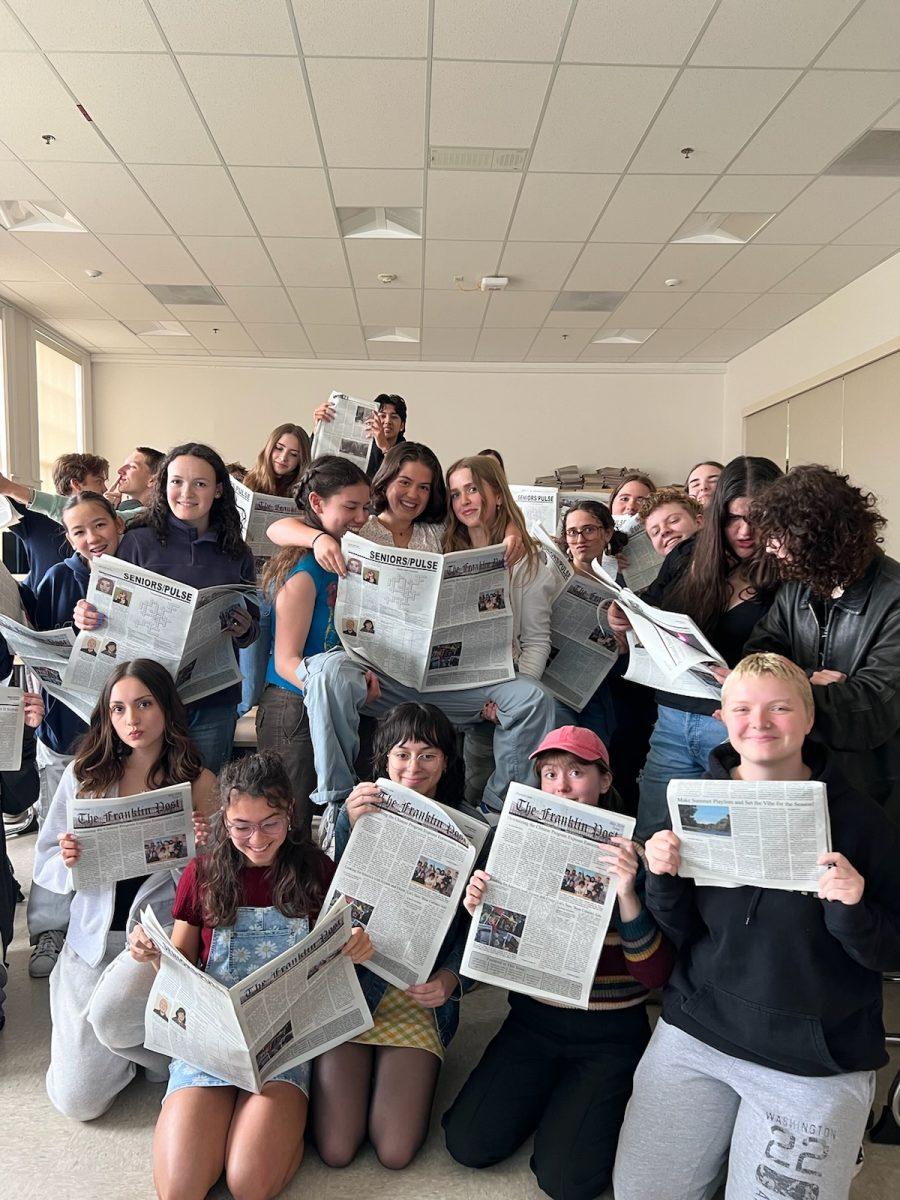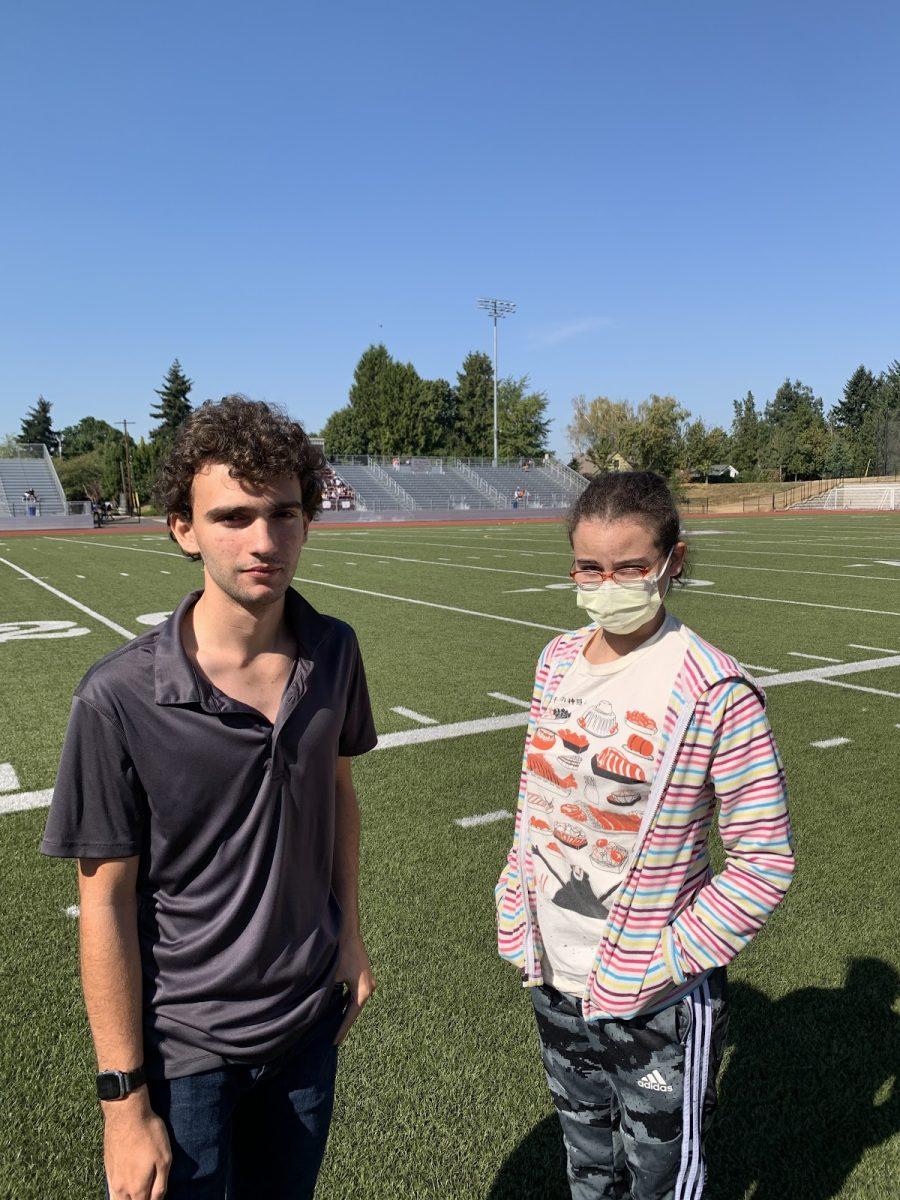Content Warning: This article has mentions of self-harm that may be upsetting for some readers.
“The pandemic is over,” said US President Joe Biden in a CBS interview on September 18, 2022. Even though many people have stopped wearing masks at Franklin, from September 16 to 17, there were 19.4 million new COVID-19 cases worldwide, according to NPR. The impacts of COVID-19 on teachers, schools, and students have been mostly harmful. In addition to students and staff still contracting COVID-19, teachers have left teaching, students have experienced an increase in mental health issues and a decrease in academic performance that has hit some groups harder than others. Still, the pandemic has led to more computers being provided to students.
One of the largest impacts that has come from COVID-19 is an increase in mental health issues. Dr. Dawn Nolt, M.D, M.PH., Professor of Pediatrics and Infectious Diseases at OHSU, believes that mental health issues are one of the largest impacts of COVID-19, due to “a decrease in social interactions and services between classmates and friends, and also teachers and other support staff at the school.” With the closure of all Portland Public Schools (PPS) buildings for more than a year, many students lost the ability to have in-person communication with anyone, except their immediate families. This semi-isolation led to increases in a myriad of mental health issues, including anxiety, depression, and self-harm.
According to a March 2022 report by the Centers for Disease Control and Prevention (CDC), during 2021, when most students were attending school online, approximately one third of high school students reported experiencing poor mental health during the pandemic, and nearly half said they felt sad or hopeless. Not surprisingly, with these mental health issues comes another problem, and that is an increase in self-destructive behaviors. Dr. Nolt says that many students searched for ways to alleviate these mental health problems “through drugs or high risk behaviors, [like] self harm.” A year later, while most activities have returned to being in person, pandemic-caused mental health issues have not gone away, and students continue to struggle.
With the pandemic also came many equity issues, with one being that students of color, particularly Black students, were less likely to receive the vaccine, and were more likely to contract COVID-19 and suffer severe consequences from it. According to a study conducted by Kaiser Family Fund in 36 states, 87% of Asian people and 64% of white people had received at least one dose of the COVID-19 vaccine, compared to just 59% of Black people. According to Dr. Nolt, “the groups who seem to have the more severe outcomes of COVID appear to be the ones that are less likely to take the vaccine.” Unfortunately, with fewer Black people being vaccinated, not only are Black people more likely to get COVID-19, but they are vulnerable to worse health outcomes.
Severe COVID-19 cases cause children to fall behind academically, as they are unable to participate in school, which expands systemic gaps that lead to differences in student test performance. In an OPB report published in 2017, 61% of White students passed their reading exams and 47% passed their math exams. In contrast, only 31% of Black students passed their reading exams and a mere 18% passed their math exams. With these disparities already in existence between the two groups as a result of years of systemic oppression, Black students contracting COVID-19 at a higher rate could further expand this achievement gap.
Another negative consequence of such an extended period of online learning was a decline in students’ academic performance. The lack of accountability and in person support made it hard for most students to learn as much as they should. Scott Burns, Vice Principal at Franklin High School, believes that students likely did not “make the same progress academically [online] as they would have if they were in school.” Furthermore, since schools resumed in-person learning, attendance rates at Franklin have been lower than they were pre-pandemic. Most likely, this is due to the difficult transition of going from an predominantly unstructured online environment to the highly structured at-school environment. Burns claimed that “attendance was affected by [returning to a structured in-person environment] because they needed to, again, transition back to a highly structured sitting in a classroom environment.”
The academic consequences of COVID-19 are similarly hard on younger children. In elementary classrooms, “it would be three more years at this pace before they would sort of pick up their expected trajectory of math and reading,” stated Anya Kamenantz, an education correspondent for NPR, during an interview with PBS NewsHour. She added that for middle school students, it would take even longer for them to catch up to the learning standards they should be at. This could cause even deeper issues once these elementary and middle schoolers reach high school.
Yet another potential cause for this decline in academic advancement could also be the long COVID-19 that some students may suffer from. Long COVID-19, which is the persistence of COVID-19 symptoms for more than 12 weeks after first being diagnosed, could lead to cognitive issues and fatigue, according to Dr. Nolt. One of those symptoms is difficulty thinking or concentrating, which could affect student performance in schools, as well as a slew of other neurological symptoms, according to the CDC. According to TIME magazine, some risk factors for long COVID include asthma, eczema, and food allergies, so youth with these symptoms could suffer much harsher COVID-19 cases than their peers.
Students are not the only ones affected by COVID-19, as an unusually high number of teachers across the country quit their jobs during the pandemic. According to The Washington Post, some estimates suggest that the number of public school staff nationwide has dropped by as many as 280,000 staff. Burns claimed that many teachers quit “because of not only the effect of the pandemic on their own personal lives, but how it has affected students.” Even with so many teachers quitting, Burns estimates that 25 to 26 new staff were hired over the summer at Franklin, ensuring that Franklin had no staff shortages. Other school districts have not been as fortunate, and some school districts in Texas have even had to transition to only offering school four days a week due to the lack of staff, according to the Washington Post.
Although Franklin was lucky to not face any major staffing shortages, they did still face substitute shortages due to the amount of staff needing to take sick and personal days, from contracting COVID-19 or another illness, or experiencing problems with insufficient childcare for their kids as a number of daycares shut down during the pandemic. According to Burns, there was a large number of subs every day last year. Franklin even had to go remote for an entire week last January due to the amount of teachers taking sick time and not having enough substitutes to fill all the vacancies.
On a more positive note, with schools having to go remote for a year, the district was finally able to give computers to all high school students, creating a desirable 1:1 student-to-laptop ratio. Burns believes that this change “was long overdue, and a needed thing that needed to happen.” Furthermore, Burns claimed that having to do an entire year of remote schooling led to “the increased use of various technological aspects of teaching and learning to make more use of some application software [which have] really good potential to benefit… teaching and learning.” Prior to the pandemic, most learning was still occurring with notebooks and pencils rather than laptops, where students could easily complete research online or type up their assignments.
Many students and school districts are still adjusting to life after COVID-19 lockdowns. Hopefully, as in person learning resumes, rates of mental health issues will decrease and test scores will start to increase as students receive the support they need in schools. They will also not have the lack of social interaction and teacher assistance that they suffered from in the online school portion of the pandemic. The pandemic is far from over, but its negative impacts have already begun to show up.

